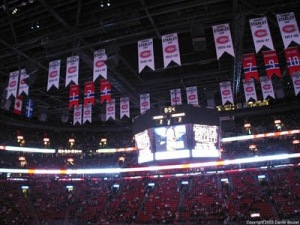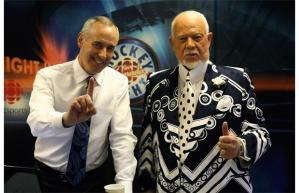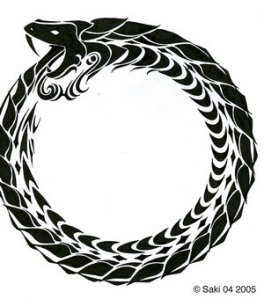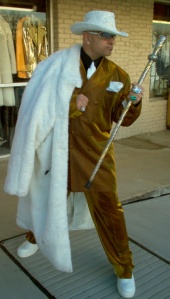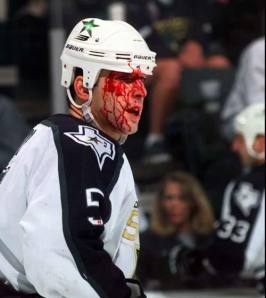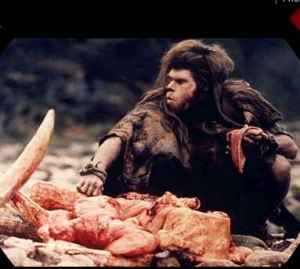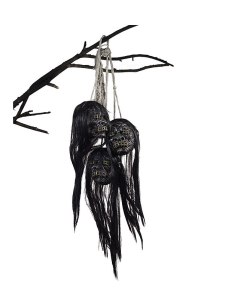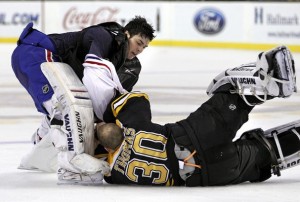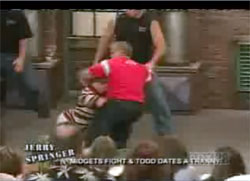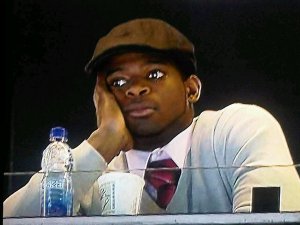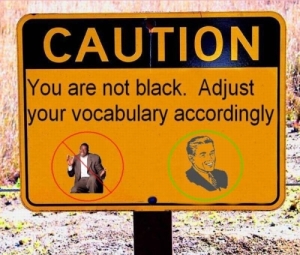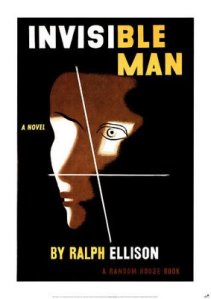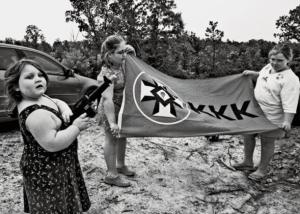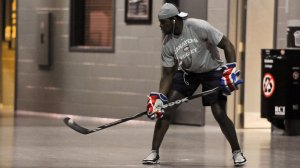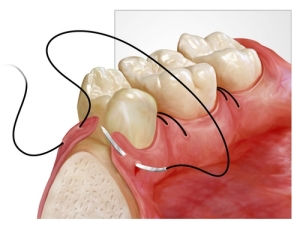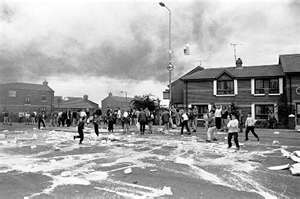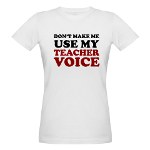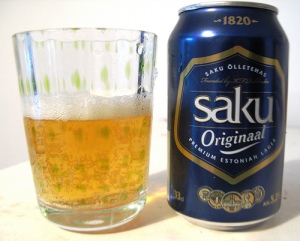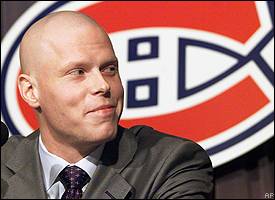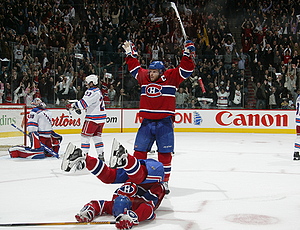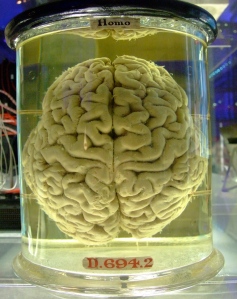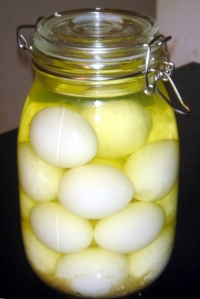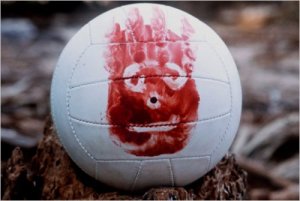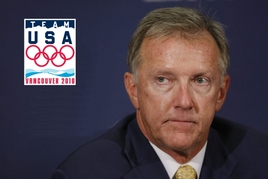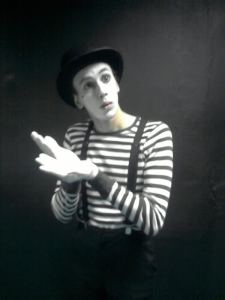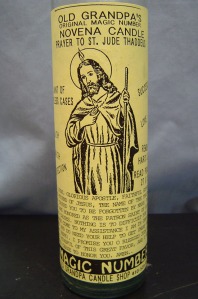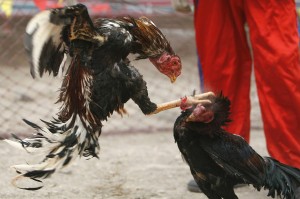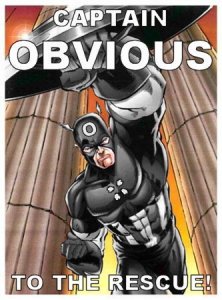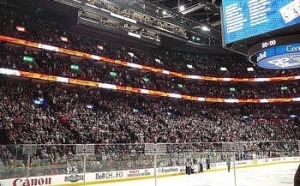 If you have ever been to a playoff game at the Bell Center, you have partaken in the closest thing our post-industrial, cynical world offers in lieu of a religious experience. In my days as a Montrealer, I usually managed at least one presence in the post-season emotional pressure-cooker of Habs worship, and remember feeling as though the top of my head, along with the roof, was going to get blown off. In one particularily intense outing I took my teenager, for his birthday, to the 2006 Montreal-Carolina game following our Saku’s career-altering eye-injury (courtesy of an unpenalized Justin Williams). Standing next to the child who had been born during the last, amazing, successful Cup run (1993, for ye non-believers), I was in the midst of a screaming, cheering eruption, watching images of those very same 1993 triumphs dance across the ice, and struggling for air. Emotions didn’t merely run high at that game: what throbbed around me was the kind of mass hysteria that some people call “crowd poisoning.” Yet what a heady, addictive and largely benign poison such experiences turn out to be, when they center on hockey!
If you have ever been to a playoff game at the Bell Center, you have partaken in the closest thing our post-industrial, cynical world offers in lieu of a religious experience. In my days as a Montrealer, I usually managed at least one presence in the post-season emotional pressure-cooker of Habs worship, and remember feeling as though the top of my head, along with the roof, was going to get blown off. In one particularily intense outing I took my teenager, for his birthday, to the 2006 Montreal-Carolina game following our Saku’s career-altering eye-injury (courtesy of an unpenalized Justin Williams). Standing next to the child who had been born during the last, amazing, successful Cup run (1993, for ye non-believers), I was in the midst of a screaming, cheering eruption, watching images of those very same 1993 triumphs dance across the ice, and struggling for air. Emotions didn’t merely run high at that game: what throbbed around me was the kind of mass hysteria that some people call “crowd poisoning.” Yet what a heady, addictive and largely benign poison such experiences turn out to be, when they center on hockey!
To assert that no medium can ever convey a particle of the intoxicating blend of variables that live hockey delivers is to state the obvious. However, when the folks who bring hockey into our living rooms seem thrilled by their own failure to even come close to elevating our experience of the sport, it’s time to examine their shortcomings.
The more I watch various configurations and experiments with hockey broadcasting, the more I realize that the most efficient passion-killer, when it comes to my favourite sport, is self-referentiality.
When I was growing up–under the tutelage of Rene Lecavalier, the most cerebral and rigorous hockey play-by-play man in history–hockey broadcasts were low-tech encounters with a few authoritative voices that existed solely to describe what we could not share in the flesh. These voices were incredibly familiar, yet completely detached from anything other than the present moment of hockey action. These people weren’t our friends, they didn’t joke around or talk about themselves; they were as close as you could get to hockey transmogrified into words. They were flawed, perhaps, but largely innocent of the urge towards self-celebration.
Today’s broadcasts have completely changed, offering amazing HD shots, countless angles and replays, graphics, stats, musical mashups and close-to-the ice sounds. In many ways, the hockey broadcast has become about bringing us “at ice level,” “between the benches” and even behind the goalie’s butt. Why then do I feel so detached from what is happening? Because, unfailingly, there is a voice yammering into that wonderful visual space, an ego bringing attention to itself between periods, as well as countless other moments during which any given broadcast toots its own horn with distracting self-satisfaction. Whether it be when Glenn Healey reminisces shrilly about his own career, when Pierre Mc Guire treats us to his ponderous uses of purple prose and personal player nicknames (Scott Gomez, to Pierre only, is “Scotty,” just as Tom Pyatt is “Tommy”), or when Ron MacLean and Don Cherry discuss the importance of their own views, what we get is a loop, a snake eating its own tail.
Not unlike rappers who end up pontificating entirely about their superiority to other rappers and their personal achievements, to the exclusion of any other topic, these hockey personalities exist primarily to bring attention to themselves (and the parallel between Don Cherry and bad hip-hop has legs, it seems to me–but that’s for another day). What they don’t seem to realize is that we don’t care about the broadcast’s own hypnotic fascination with itself.
What we want is hockey. That Don Cherry or Mike Milbury may have been right in predicting something or other, or that Ron MacLean or Glenn Healy may have a bone to pick with anyone in the league matters not at all to me. When did hockey personalities decide that broadcast time, and my living room, were available to them in order to expound on the relevance of their own views, inside jokes, esoteric knowledge and political opinions?
Whatever a given broadcasting team may want to put out there about itself serves only to clog up the channels of hockey enjoyment with presences that should strive instead for self-effacement.
Since broadcasters increasingly don’t want to get out of the way, I have taken lately to watching the HNIC Punjabi broadcast. Since I only hear the players’ names within a stream of unfamiliar syllables delivered by pleasant voices, I can focus on the hockey.

